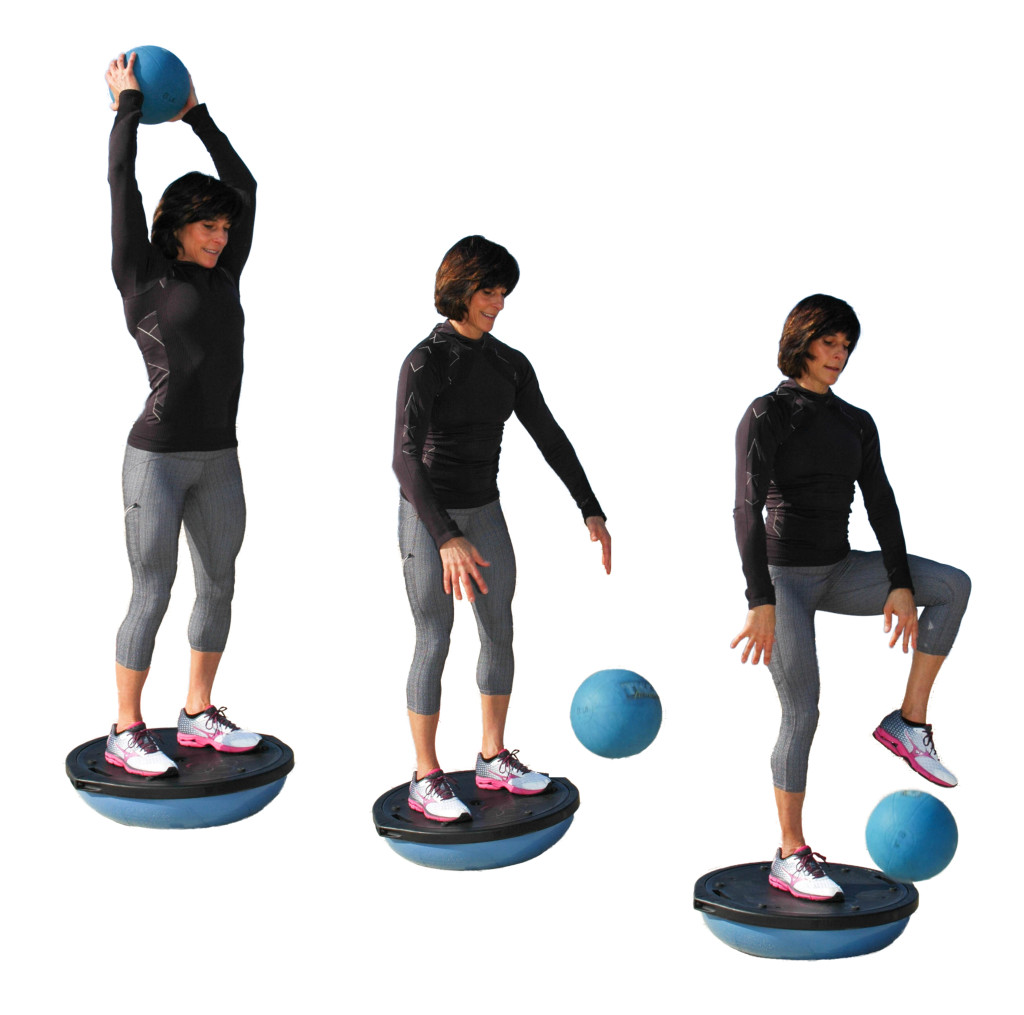A fit lifestyle may extend biological health by as much as 20 years. What does exercise for scuba divers entail? Enthusiasts who exercise regularly can not only improve their dive performance but also add years to their diving careers.
Exercise for scuba divers
The medicine ball has been one of the most versatile pieces of fitness equipment for thousands of years. It offers great options when it comes to exercise for scuba divers. Its very name comes from a time in history when the concepts of health and medicine were so closely related to physical fitness that the words had practically the same meaning.
Although most of us know what one looks like, a medicine ball is a weighted exercise ball that comes in various materials like leather or rubber. Medicine balls are weighted in varying increments to accommodate improvements in movement and strength by adding resistance. Soft medicine balls are designed more for holding and throwing. Hard-surface medicine balls are usually engineered to include bouncing. Some medicine balls are adapted with handles or ropes as hand-holds. The medicine ball is widely used for physical therapy and rehabilitation, as well as to improve athletic performance and general fitness.
Medicine-ball exercises in rehabilitation settings begin with small movements such as rolling the ball in a circular pattern to improve shoulder mobility or lifting the ball to improve core strength. Depending on the diver’s fitness level and goals, he or she can hold the medicine ball as an additional weight for exercises. Divers can also use them for balance or throw them as shown in the medicine-ball bounce.

Medicine-Ball Bounce
The medicine-ball bounce is a total-body exercise that helps improve strength and coordination for diving activities. Begin with a ball weighted in the 4- to 8-pound range on a steady surface. Beginners may first try this exercise in a seated position. Keep the ball close to the body throughout the exercise. Holding the ball with both hands, take a deep breath and reach overhead, extending the arms and body. Contract the abdominals and exhale while throwing the medicine ball as hard as possible into the floor nearby. As the ball bounces back, catch it and repeat. About 25 bounces is a good starting set.
Add multiple sets, longer bouncing sessions and heavier medicine balls to progress the workout and ultimately your fitness. Divers will notice the medicine-ball bounce helps improve arm and shoulder strength. It also adds stability to the back and leg muscles, works the abs and gets the heart rate up. To advance the exercise, try performing the medicine-ball bounce balancing on one foot on a steady surface, or harder still, on a BOSU ball. This exercise is especially good for diving activities, such as moving under the load of dive gear and changing directions on the surface of the water. With just a small time commitment, divers can reap huge fitness rewards.

